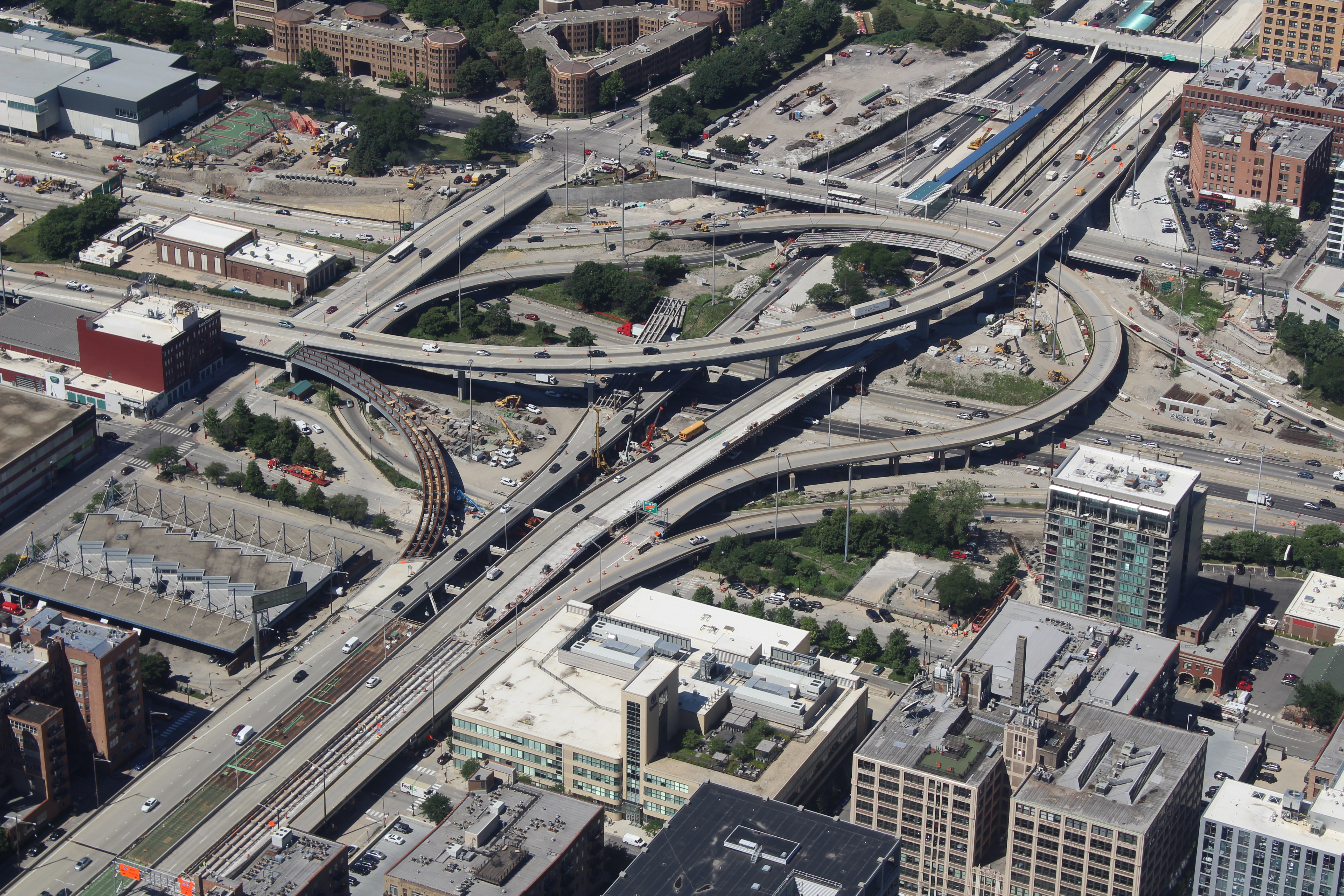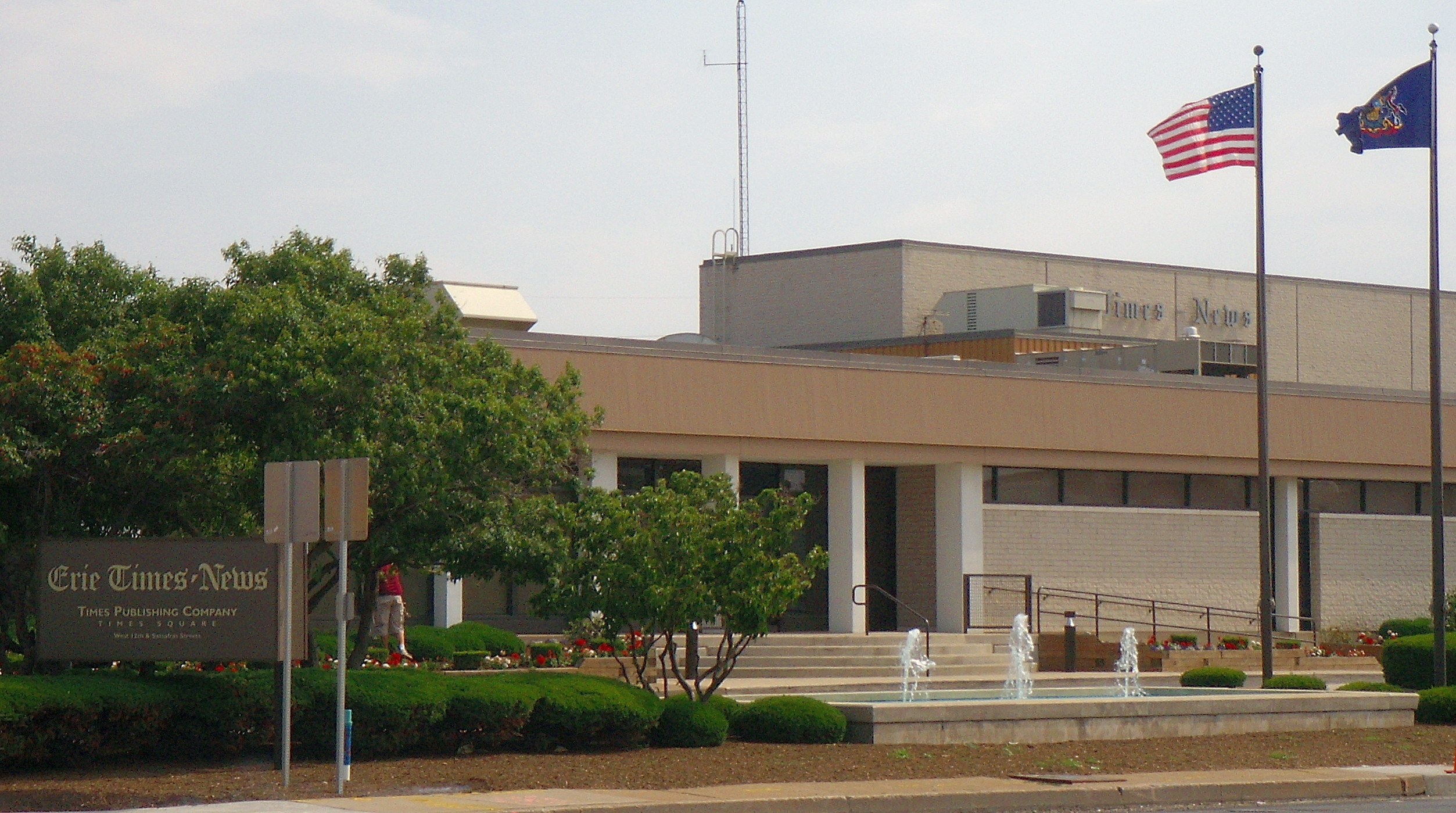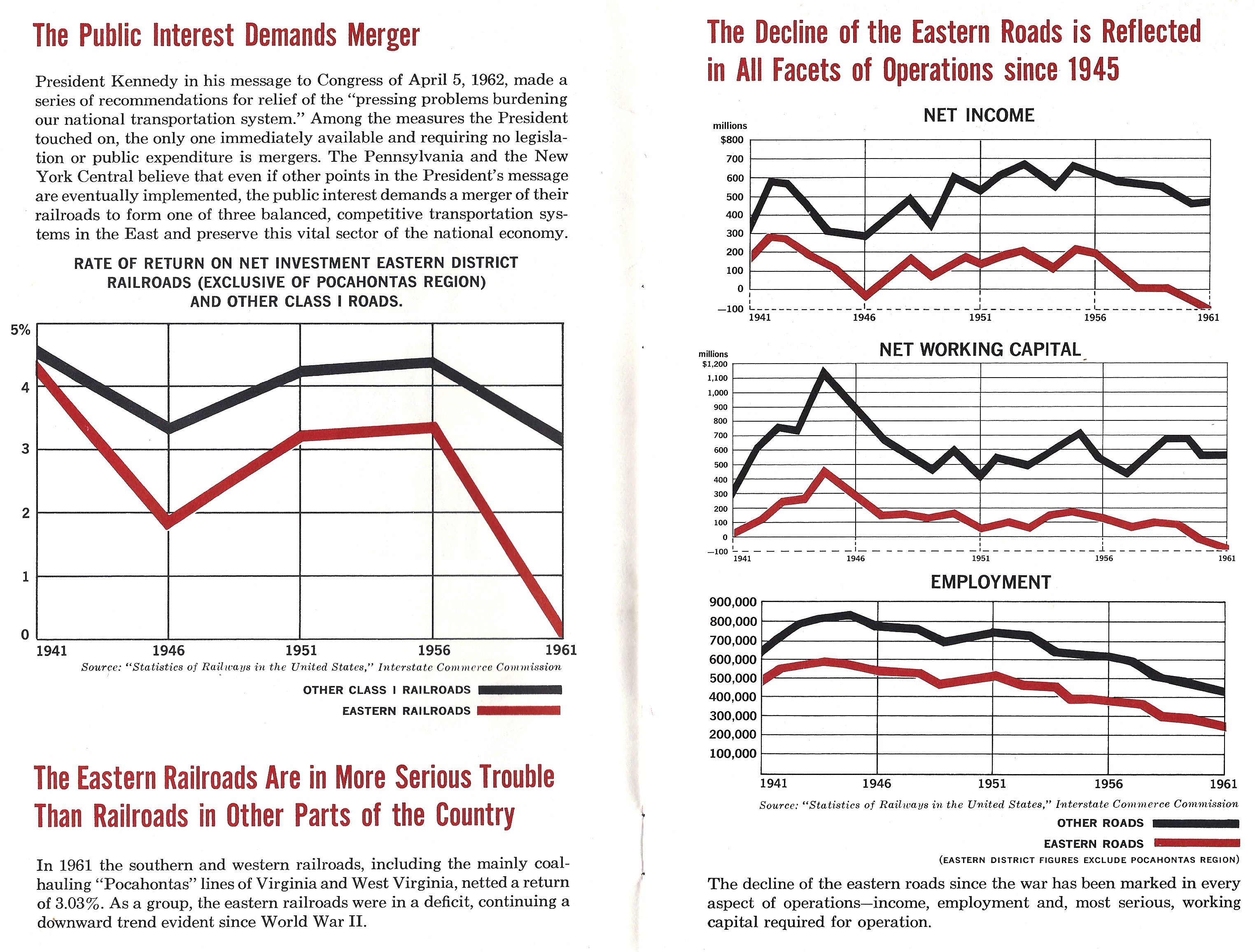|
Union Station (Erie, Pennsylvania)
Union Station is an Amtrak train station, railroad station and mixed-use commercial building in downtown Erie, Pennsylvania, United States. It is served by the ''Lake Shore Limited'' route, which provides daily passenger service between Chicago Union Station, Chicago and (via two sections east of Albany–Rensselaer station, Albany) Pennsylvania Station (New York City), New York City or South Station, Boston; Erie is the train's only stop in Pennsylvania. The station's ground floor has been redeveloped into commercial spaces, including The Brewerie at Union Station, a brewpub. The building itself is privately owned by the global logistics and freight management company Logistics Plus and serves as its headquarters. The first railroad station in Erie was established in 1851 but was replaced with the Romanesque Revival architecture, Romanesque Revival-style Union Depot in 1866. Through a series of mergers and acquisitions by competing railroad companies which started not long afte ... [...More Info...] [...Related Items...] OR: [Wikipedia] [Google] [Baidu] |
Erie, Pennsylvania
Erie (; ) is a city on the south shore of Lake Erie and the county seat of Erie County, Pennsylvania, United States. Erie is the fifth largest city in Pennsylvania and the largest city in Northwestern Pennsylvania with a population of 94,831 at the 2020 census. The estimated population in 2021 had decreased to 93,928. The Erie metropolitan area, equivalent to all of Erie County, consists of 266,096 residents. The Erie-Meadville combined statistical area had a population of 369,331 at the 2010 census. Erie is roughly equidistant from Buffalo and Cleveland, each being about 100 miles (160 kilometers) away. Erie's manufacturing sector remains prominent in the local economy, though insurance, healthcare, higher education, technology, service industries, and tourism are emerging as significant economic drivers. As with the other Great Lakes port cities, Erie is accessible to the oceans via the Lake Ontario and St. Lawrence River network in Canada. The local climate is humid, ... [...More Info...] [...Related Items...] OR: [Wikipedia] [Google] [Baidu] |
History Of Rail Transport In The United States
History (derived ) is the systematic study and the documentation of the human activity. The time period of event before the invention of writing systems is considered prehistory. "History" is an umbrella term comprising past events as well as the memory, discovery, collection, organization, presentation, and interpretation of these events. Historians seek knowledge of the past using historical sources such as written documents, oral accounts, art and material artifacts, and ecological markers. History is not complete and still has debatable mysteries. History is also an academic discipline which uses narrative to describe, examine, question, and analyze past events, and investigate their patterns of cause and effect. Historians often debate which narrative best explains an event, as well as the significance of different causes and effects. Historians also debate the nature of history as an end in itself, as well as its usefulness to give perspective on the problems of the p ... [...More Info...] [...Related Items...] OR: [Wikipedia] [Google] [Baidu] |
Subway (underpass)
A subway, also known as an underpass, is a grade-separated pedestrian crossing which crosses underneath a road or railway in order to entirely separate pedestrians and cyclists from motor traffic or trains respectively. Terminology In the United States, as used by the California Department of Transportation and in parts of Pennsylvania such as Harrisburg, Duncannon and Wyoming County, subway refers to a depressed road undercrossing. Where they are built elsewhere in the country, the term 'pedestrian underpass' is more likely to be used, because "subway" in North America refers to rapid transit systems such as the New York City Subway or the Toronto Subway. This usage also occurs in Scotland, where the underground railway in Glasgow is referred to as the Glasgow Subway. Effects Pedestrian underpasses allow for the uninterrupted flow of both pedestrians and vehicle traffic. However, they are normally considered a last resort by modern urban planners as they can be expensive a ... [...More Info...] [...Related Items...] OR: [Wikipedia] [Google] [Baidu] |
Grade Separation
In civil engineering (more specifically highway engineering), grade separation is a method of aligning a junction of two or more surface transport axes at different heights (grades) so that they will not disrupt the traffic flow on other transit routes when they cross each other. The composition of such transport axes does not have to be uniform; it can consist of a mixture of roads, footpaths, railways, canals, or airport runways. Bridges (or overpasses, also called flyovers), tunnels (or underpasses), or a combination of both can be built at a junction to achieve the needed grade separation. In North America, a grade-separated junction may be referred to as a ''grade separation'' or as an '' interchange'' – in contrast with an '' intersection'', ''at-grade'', a ''diamond crossing'' or a ''level crossing'', which are not grade-separated. Effects Advantages Roads with grade separation generally allow traffic to move freely, with fewer interruptions, and at higher overall ... [...More Info...] [...Related Items...] OR: [Wikipedia] [Google] [Baidu] |
Frontage
Frontage is the boundary between a plot of land or a building and the road onto which the plot or building fronts. Frontage may also refer to the full length of this boundary. This length is considered especially important for certain types of commercial and retail real estate, in applying zoning bylaws and property tax. In the case of contiguous buildings individual frontages are usually measured to the middle of any party wall. In some parts of the United States, particularly New England, a frontage road is one which runs parallel to a major road or highway, and is intended primarily for local access to and egress from those properties which line it. A "river frontage" or "ocean frontage" is the length of a plot of land that faces directly onto a river or ocean respectively. Consequently, the amount of such frontage may affect the value of the plot. See also * Façade A façade () (also written facade) is generally the front part or exterior of a building. It is a ... [...More Info...] [...Related Items...] OR: [Wikipedia] [Google] [Baidu] |
Terracotta
Terracotta, terra cotta, or terra-cotta (; ; ), in its material sense as an earthenware substrate, is a clay-based ceramic glaze, unglazed or glazed ceramic where the pottery firing, fired body is porous. In applied art, craft, construction, and architecture, terracotta is the term normally used for sculpture made in earthenware and also for various practical uses, including bowl (vessel), vessels (notably flower pots), water and waste water pipes, tile, roofing tiles, bricks, and surface embellishment in building construction. The term is also used to refer to the natural Terra cotta (color), brownish orange color of most terracotta. In archaeology and art history, "terracotta" is often used to describe objects such as figurines not made on a potter's wheel. Vessels and other objects that are or might be made on a wheel from the same material are called earthenware pottery; the choice of term depends on the type of object rather than the material or firing technique. Unglazed ... [...More Info...] [...Related Items...] OR: [Wikipedia] [Google] [Baidu] |
Flemish Bond
Brickwork is masonry produced by a bricklayer, using bricks and Mortar (masonry), mortar. Typically, rows of bricks called ''Course (architecture), courses'' are laid on top of one another to build up a structure such as a brick wall. Bricks may be differentiated from blocks by size. For example, in the UK a brick is defined as a unit having dimensions less than and a block is defined as a unit having one or more dimensions greater than the largest possible brick. Brick is a popular medium for constructing buildings, and examples of brickwork are found through history as far back as the Bronze Age. The fired-brick faces of the ziggurat of ancient Dur-Kurigalzu in Iraq date from around 1400 BC, and the brick buildings of ancient Mohenjo-daro in Pakistan were built around 2600 BC. Much older examples of brickwork made with dried (but not fired) bricks may be found in such ancient locations as Jericho in Palestine, Çatalhöyük, Çatal Höyük in Anatolia, and Mehrgarh in Pakis ... [...More Info...] [...Related Items...] OR: [Wikipedia] [Google] [Baidu] |
Cincinnati Union Terminal
Cincinnati Union Terminal is an intercity train station and museum center in the Queensgate, Cincinnati, Queensgate neighborhood of Cincinnati, Ohio. Commonly abbreviated as CUT, or by its Amtrak station code, CIN, the Railroad terminal, terminal is served by Amtrak's ''Cardinal (train), Cardinal'' line, passing through Cincinnati three times weekly. The building's largest tenant is the Cincinnati Museum Center, comprising the Cincinnati History Museum, the Museum of Natural History & Science, Duke Energy Children's Museum, the Cincinnati History Library and Archives, and an IMAX, Omnimax theater. Union Terminal's distinctive architecture, interior design, and History of Cincinnati Union Terminal, history have earned it several landmark designations, including as a National Historic Landmark. Its Art Deco design incorporates several contemporaneous works of art, including two of the Winold Reiss industrial murals, a set of sixteen mosaic murals depicting Cincinnati industry commi ... [...More Info...] [...Related Items...] OR: [Wikipedia] [Google] [Baidu] |
Buffalo Central Terminal
Buffalo Central Terminal is an historic former railroad station in Buffalo, New York. An active station from 1929 to 1979, the 17-story Art Deco style station was designed by architects Fellheimer & Wagner for the New York Central Railroad. The Central Terminal is located in the city of Buffalo's Broadway/Fillmore district. After years of abandonment, it is now owned by the non-profit preservation group Central Terminal Restoration Corporation, whichmade tremendous strides in stabilizing the facility and bringing attention to the importance of this living landmark. With over $68 million secured from public and private sources, the CTRC is nearing completion of $5.7 million in building stabilization, completed a public process to establish a master plan, expanded its organizational capacity and is undertaking a solicitation for private development partner(s), all ensuring that the Central Terminal is well positioned for rehabilitation and reuse. Layout The terminal is located ... [...More Info...] [...Related Items...] OR: [Wikipedia] [Google] [Baidu] |
Grand Central Terminal
Grand Central Terminal (GCT; also referred to as Grand Central Station or simply as Grand Central) is a commuter rail terminal located at 42nd Street and Park Avenue in Midtown Manhattan, New York City. Grand Central is the southern terminus of the Metro-North Railroad's Harlem, Hudson and New Haven Lines, serving the northern parts of the New York metropolitan area. It also contains a connection to the New York City Subway at Grand Central–42nd Street station. The terminal is the second-busiest train station in North America, after New York Penn Station. The distinctive architecture and interior design of Grand Central Terminal's station house have earned it several landmark designations, including as a National Historic Landmark. Its Beaux-Arts design incorporates numerous works of art. Grand Central Terminal is one of the world's ten most-visited tourist attractions, with 21.6 million visitors in 2018, excluding train and subway passengers. The terminal's Main Conco ... [...More Info...] [...Related Items...] OR: [Wikipedia] [Google] [Baidu] |
Erie Times-News
The ''Erie Times-News'' is a daily morning newspaper in Erie, Pennsylvania. It has a daily circulation of about 47,385 and a Sunday circulation of about 58,378. The beginning The newspaper was founded as the ''Erie Daily Times'' on April 12, 1888, by nine printers involved in a labor dispute at another newspaper. They each invested $25 to establish the Times Publishing Company, which was initially located in a cellar at the corner of 9th Street and State Street. John J. Mead Sr., one of the founders, eventually bought out his partners. The Mead family headed the newspaper until August 2003. The newspaper relocated to West 10th Street and Peach Street on April 12, 1924. One company, two newspapers The Times Publishing Company bought out the rival ''Erie Dispatch Herald'' in 1956 and co-located the two staffs in 1957 in the ''Dispatch Heralds building at East 12th and French streets. On January 7, 1957, the ''Erie Morning News'' made its debut. The Times Publishing Company built ... [...More Info...] [...Related Items...] OR: [Wikipedia] [Google] [Baidu] |
Penn Central Transportation Company
The Penn Central Transportation Company, commonly abbreviated to Penn Central, was an American class I railroad that operated from 1968 to 1976. Penn Central combined three traditional corporate rivals (the Pennsylvania, New York Central and the New York, New Haven and Hartford railroads), all united by heavy service into the New York metropolitan area and (to a lesser extent) New England and Chicago. The new company failed barely two years after formation, the largest bankruptcy in U.S. history at the time. The Penn Central's railroad assets were nationalized into Conrail along with the other bankrupt northeastern roads; its real estate and insurance holdings successfully reorganized into American Premier Underwriters. History Pre-merger The Penn Central railroad system developed in response to challenges facing northeastern American railroads during the late 1960s. While railroads elsewhere in North America drew revenues from long-distance shipments of commodities suc ... [...More Info...] [...Related Items...] OR: [Wikipedia] [Google] [Baidu] |


.jpg)
.jpg)


.jpg)

.jpg)


